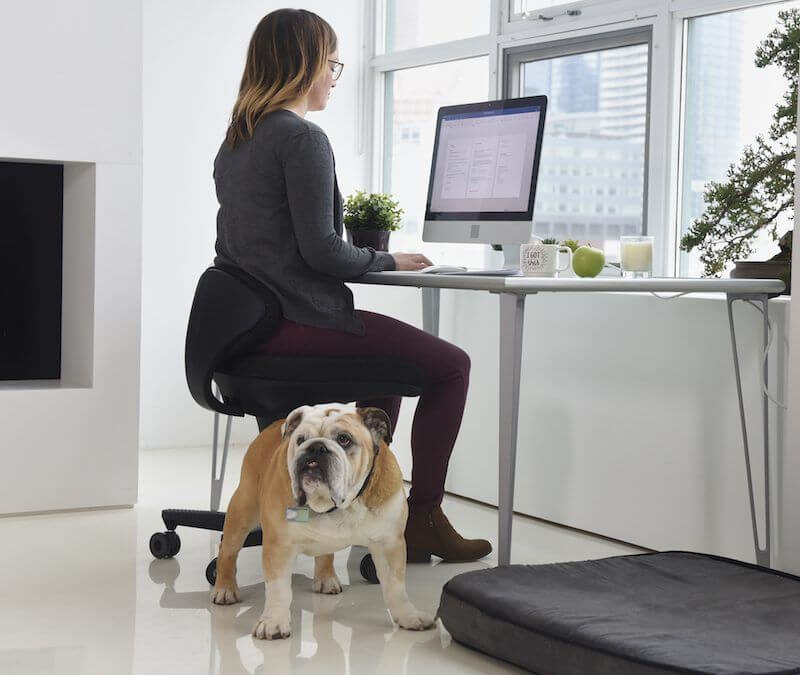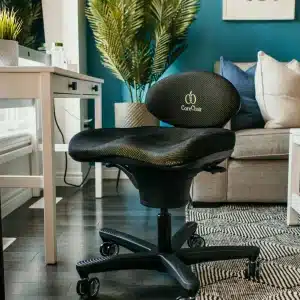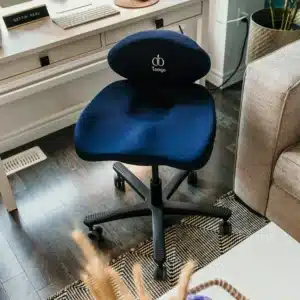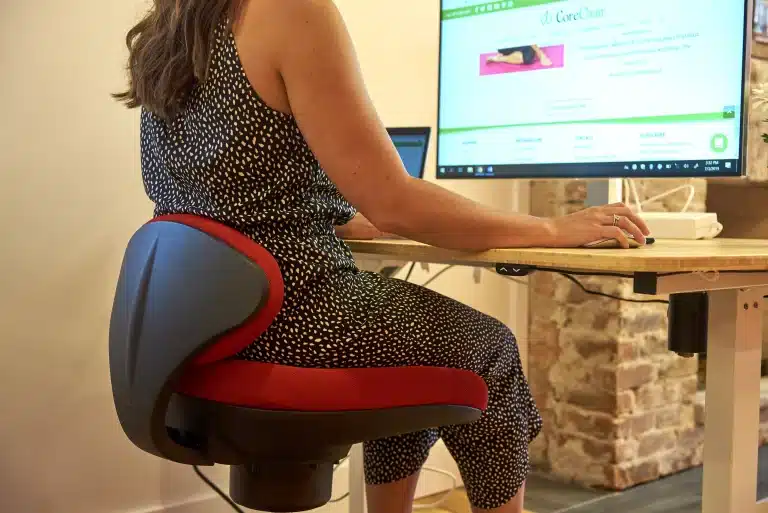Attention-Deficit/Hyperactivity Disorder (ADHD) is a neurodevelopmental disorder that affects both children and adults. Its primary symptoms include inattention, hyperactivity, and impulsivity. As research progresses, we’ve come to recognize the importance of tailoring environments to accommodate the unique needs of those with ADHD, which includes reconsidering the traditional sedentary classroom and workplace environments. One innovative solution that has emerged is active sitting, which involves chairs and seating methods that promote movement.
The ADHD Brain and the Need for Movement
People with ADHD often display a pronounced need for movement. From a young age, children with ADHD can be seen fidgeting, bouncing their legs, or shifting in their seats. This isn’t merely a behavioral quirk; it’s rooted in the neurology of ADHD.
Dopamine and norepinephrine are two neurotransmitters that play crucial roles in attention and impulse control. People with ADHD often have imbalances in these neurotransmitters. Physical movement can increase the levels of these neurotransmitters in the brain, thus helping those with ADHD to focus and self-regulate better.
Moreover, studies have shown that moderate exercise can boost executive function in individuals with ADHD. Executive functions are higher-order cognitive processes that govern our abilities to plan, organize, and regulate our responses. Given the direct cognitive benefits that movement can offer, it’s unsurprising that active sitting has gained traction as a potential intervention for those with ADHD.
What is Active Sitting?
Active sitting, sometimes known as dynamic sitting, encourages the seated individual to move. This can be through seating surfaces that wobble, bounce, or tilt. Some examples include balance ball chairs, wobble stools, and swivel office chairs that allow a range of motion. Instead of maintaining a static posture, users of active sitting chairs are continually making minor adjustments, engaging core muscles, and moving in subtle ways.
Benefits of Active Sitting for Individuals with ADHD
Enhanced Focus and Concentration:
As mentioned earlier, movement can boost levels of certain neurotransmitters in the brain that promote focus. By providing a controlled outlet for physical activity, active sitting can help channel the restlessness many with ADHD feel into subtle motions, potentially increasing concentration.
Improved Posture and Core Strength:
Active sitting chairs demand core engagement. Over time, this can lead to better posture and enhanced core strength, which is beneficial for everyone, not just those with ADHD.
Reduction in Disruptive Behaviors:
For students with ADHD, the classroom can sometimes be a challenging environment. Being confined to a traditional chair can exacerbate feelings of restlessness. Active chairs allow movement within the constraints of a classroom setting, potentially decreasing the urge for more disruptive movements or outbursts.
Increased Engagement:
Anecdotal reports from teachers and professionals indicate that when people with ADHD are allowed to move in controlled ways (like through active sitting), they often become more engaged in the task at hand, increasing their productivity.
The Bigger Picture: Active Sitting and Learning
It’s essential to recognize that the benefits of movement aren’t exclusive to individuals with ADHD. The modern sedentary lifestyle, often exacerbated by traditional school and office settings, can be detrimental to a wide range of individuals. Movement, in general, boosts blood flow, aiding cognitive function and overall well-being.
Active sitting can be seen as part of a broader movement to incorporate more physical activity into daily life. Flexible desk options, better office chairs and frequent break policies are all methods that organizations and institutions are testing to mitigate the effects of prolonged sitting and inactivity.
Potential Limitations and Considerations
While the benefits of active sitting for ADHD are promising, there are some considerations:
Not One-Size-Fits-All: What works for one individual might not work for another. Some may find active sitting distracting or uncomfortable.
Potential for Over-reliance: Active sitting is a tool, not a panacea. It should be part of a comprehensive approach to managing ADHD that might include behavioral interventions, medications, and other strategies.
Cost: Active sitting chairs can be more expensive than traditional chairs. Schools or workplaces need to weigh the potential benefits against the costs. Email us to Ask about our Second Chance program.
The correlation between ADHD and active sitting is a testament to the ongoing evolution of our understanding of neurodiversity and the environments in which we learn and work. By recognizing the inherent need for movement in individuals with ADHD, and providing avenues like active sitting to facilitate it, we move closer to creating inclusive spaces that cater to a wider range of needs. As research continues, it will be exciting to see how interventions like active sitting can be refined and how they will reshape classrooms and workplaces of the future.










